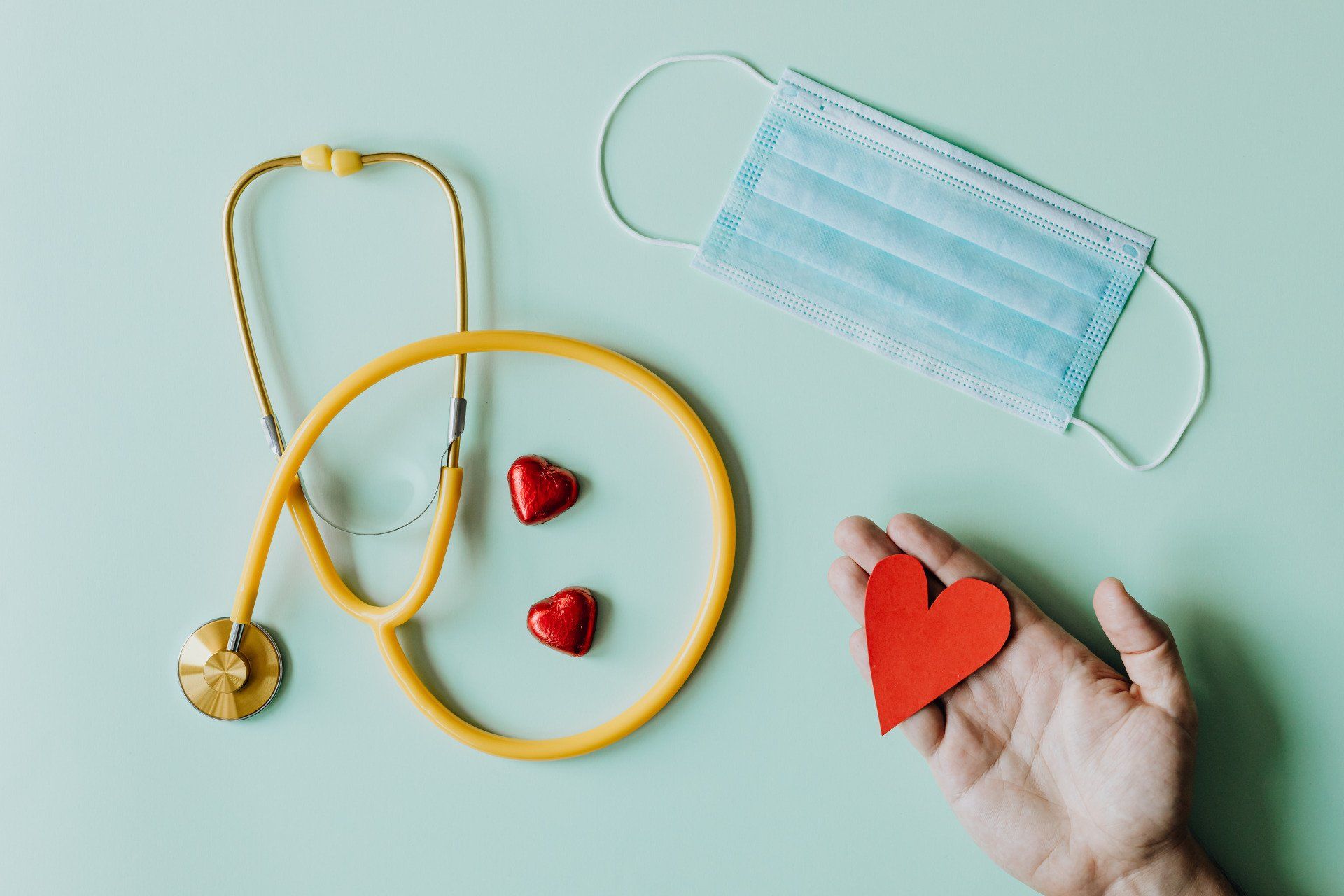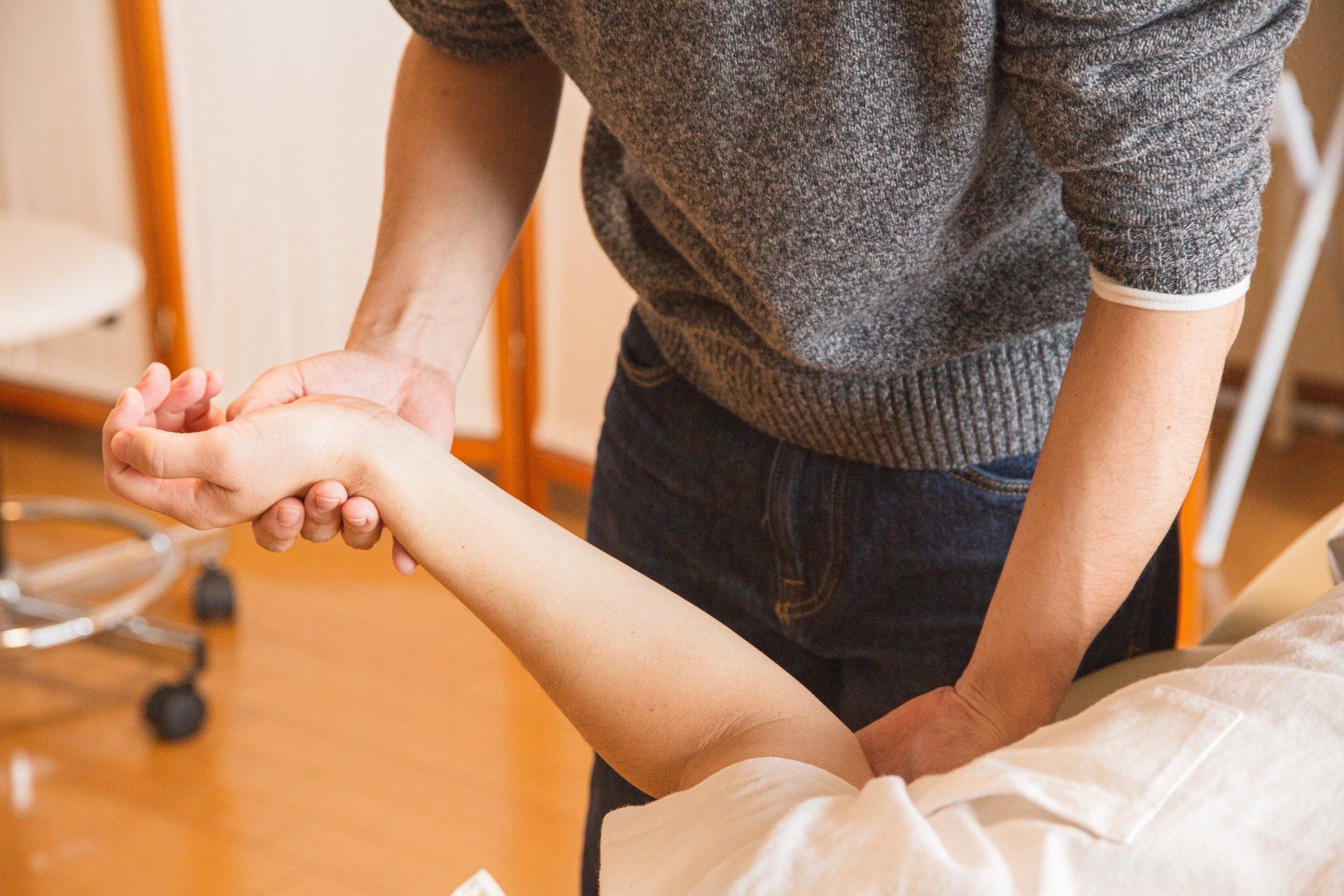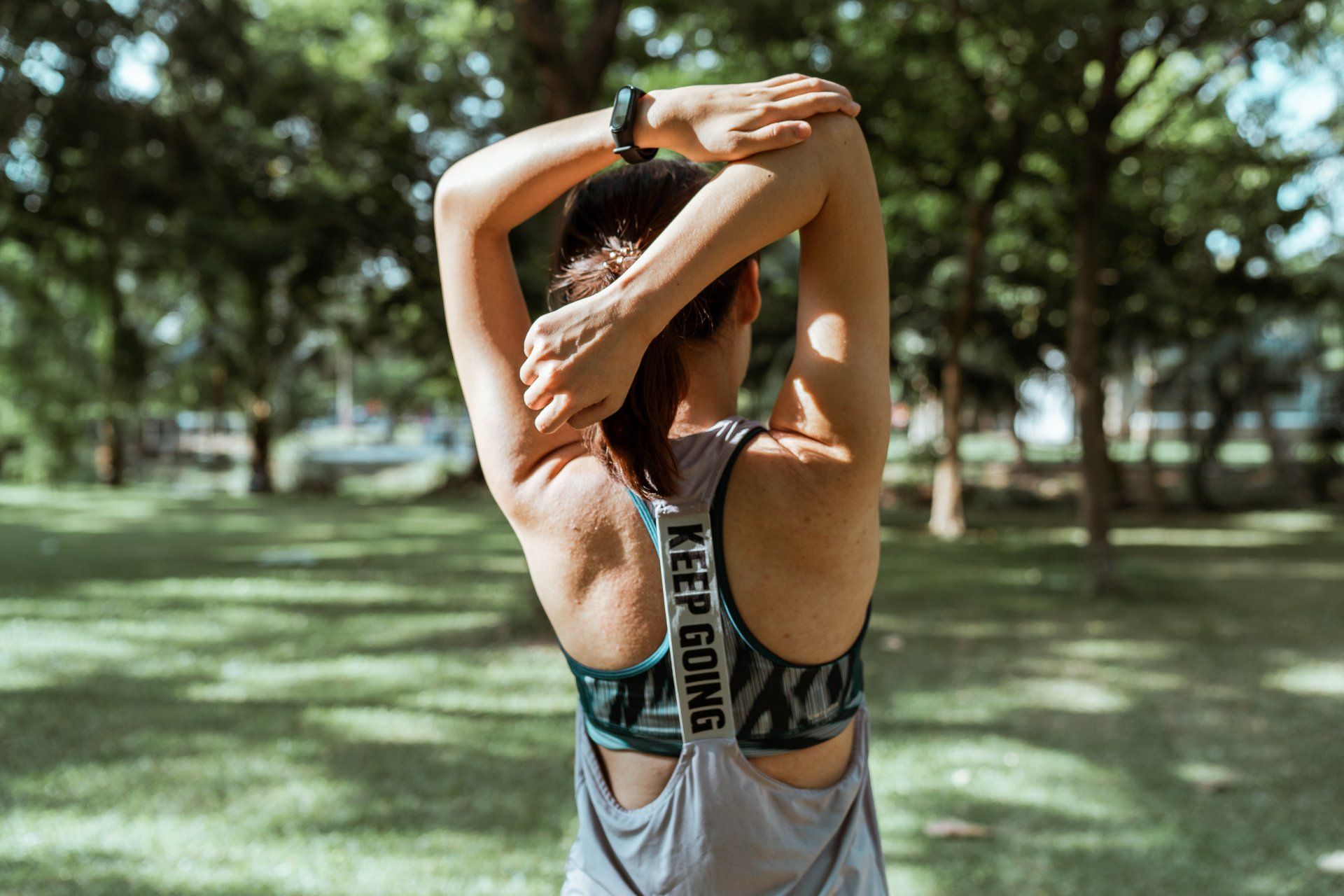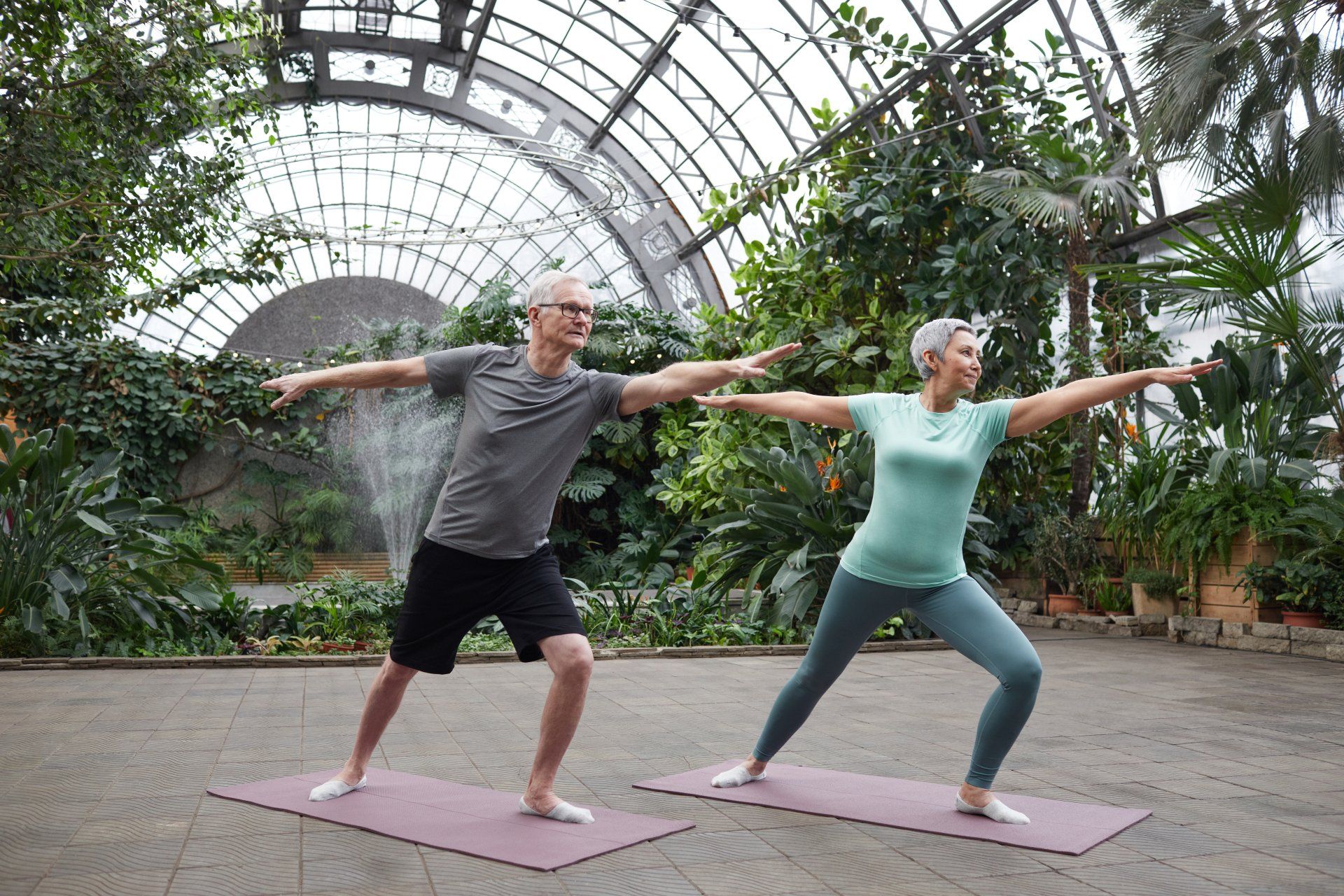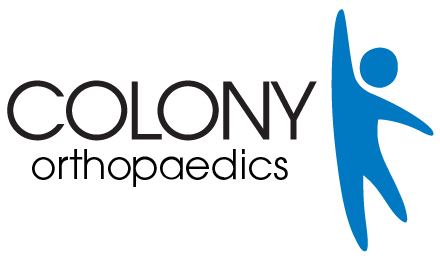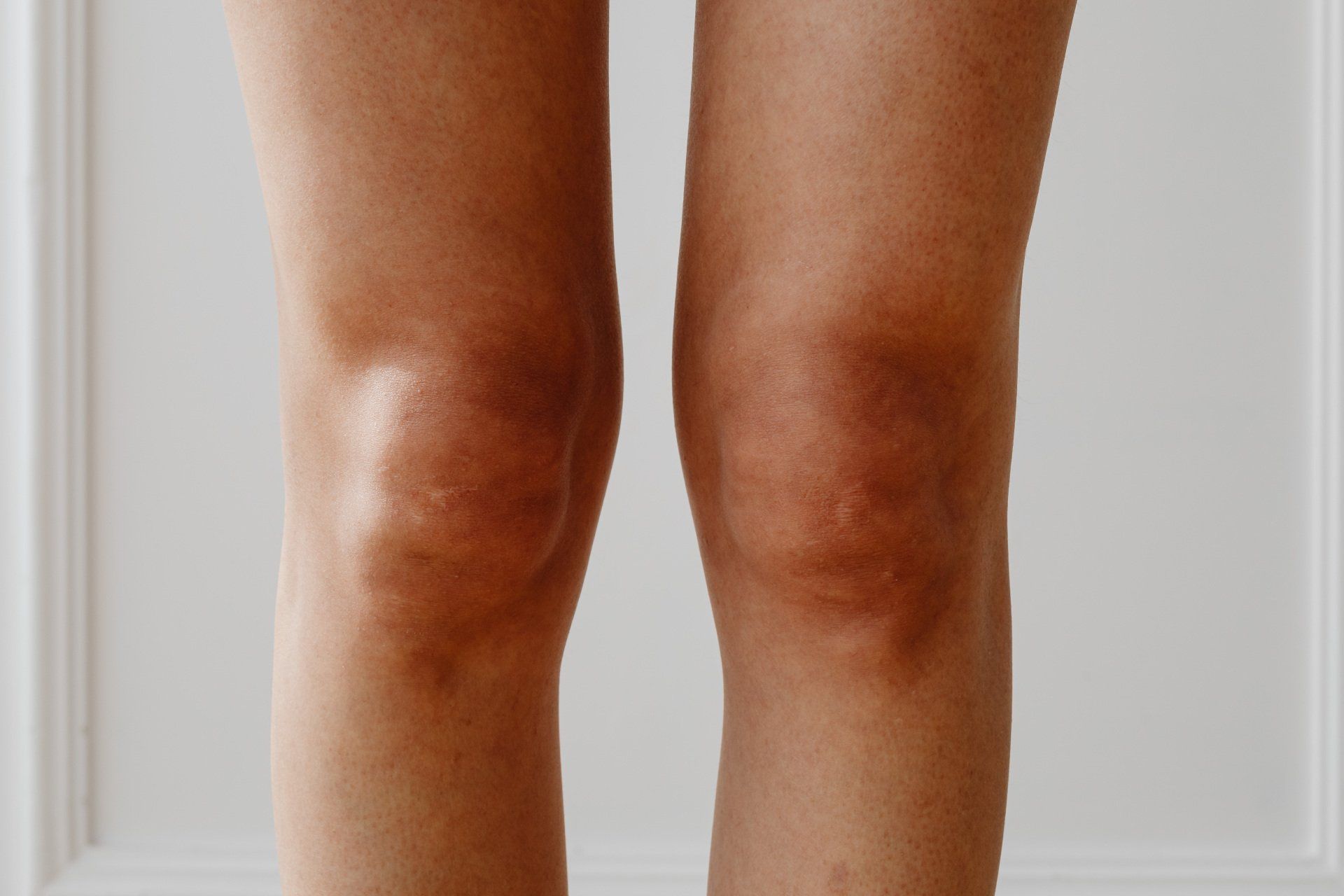Fit For Life – The Importance of Exercising
As we get older we tend to get tired more easily. Many of us have gained weight over the years. We tend to get stiff. We develop pain. We are more susceptible to injury and the effects of injury are more difficult to deal with. We develop medical illnesses that can be debilitating. But we don’t always remember that time has passed and that we have, in fact, gotten older. On the other hand sometimes we over- react to being older and walk away from activities that might be fun. And sometimes we stop exercising.
THE “EPIDEMIC” OF AGING
There have always been some people who lived to be old. More of us now get there.
Average U.S. Life Expectancy (years)
| Born in | Male | Female |
|---|---|---|
| 1900 | 46.3 | 48.3 |
| 1950 | 65.6 | 71.1 |
| 2000 | 74.3 | 79.7 |
Life Expectancy
| At Age | in 1950 | in 2004 |
|---|---|---|
| 65 | 13+ years | 18+ years |
| 90 | 5+ years | 6+ years |
| - |
Mickey Mantle said that if he knew how long he was going to live, he would have taken better care of his body.
We need to understand what happens as we age. And we need to understand what we may be able to do to respond to the changes that occur with aging so that we can continue to be active, even to hike and ski and play tennis and to enjoy these activities.
SOME OF THE EFFECTS OF AGING
Muscles shrink and loose mass (a natural process, but sedentary life style can accelerate it). The number and size of muscle fibers decrease. The result of this is that strength decreases. Muscle response-time lags. There is a delay in response to the signals notifying muscles to contract. (Example: muscle reaction interrupts an ankle “giving way,” preventing a serious sprain).
Tendons (Tendons connect muscle to bone). Water content and elasticity decrease. As a result tendons become stiffer and less able to resist stress and can become inflamed and can rupture.
Heart Muscle becomes less able to pump larger quantities of blood quickly and we tire
more easily.
Metabolic Rate slows and can lead to obesity (and an increase in “bad fat” level).
Bones
There is a net loss of bone. (Osteopenia and Osteoporosis). Bones become more fragile.
Compression fractures of vertebrae and fractures of long bones can occur with relatively minimal injury.
Joints
Joints all over the body wear. If we live long enough, joints wear out and this can cause pain. The word “arthritis” refers to the pain and stiffness in joints that are wearing out.
“Arthritis”
A “joint” is a coming together of two or more bones. Each bone is covered with smooth joint surface cartilage. With wear, this joint surface cartilage dries out and becomes less able to provide cushioning. Stress is increasingly transmitted to the dense bone under the joint surface cartilage. Microfractures occur in this dense bone. With loss of bone support of the joint surface cartilage, fragments of this cartilage break off and form debris which can evoke an inflammatory response, producing pain and swelling).
Discs (between vertebrae in the spine) loose water content, dry and collapse, and become thinner. Because of narrowing of discs and collapse of vertebrae, we become shorter. As discs compress, there is extra wear and tear on the small joints of the spine. These joints become arthritic and may be painful.
Ligaments (Ligaments tether bones together at the joints). Ligaments loose elasticity, adding to the loss of flexibility of joints.
Visual Acuity diminishes, particularly in low light situations. Ability to change focus and perceive differences in distance decreases.
Nerves
“Reflexes” slow.
Ability to perceive sudden changes in position of a limb decreases.
Equilibrium and Balance
The ability to “balance” and the ability to regain lost balance diminishes.
Confidence
We loose confidence in our physical abilities and we tend to “override” our “automatic sequencing”. (Example: when playing the piano we start to think which notes are next, instead of relying on finger memory. And this causes us to blow the sequence). (Loss of confidence may be (appropriately) protective: we can slow down; avoid competitive situations. However, in some circumstances, loss of confidence may make us more vulnerable to injury: it may be easier to cross a narrow bridge if you don’t get scared by looking down).
Coordination (and gracefulness) tend to diminish, particularly as we try to move quickly.
THE CHALLENGE
As we age there is a tendency to be injured more easily.
But if we exercise this tendency can be reduced and the quality of life improves.
THE MESSAGE
Exercise to become fit!!!
There are several components.
- Endurance
- Strengthening
- Stretching
- Balance
Build endurance, balance and strength.
Warm up gradually.
Stretch muscles, particularly after we have exercised.
